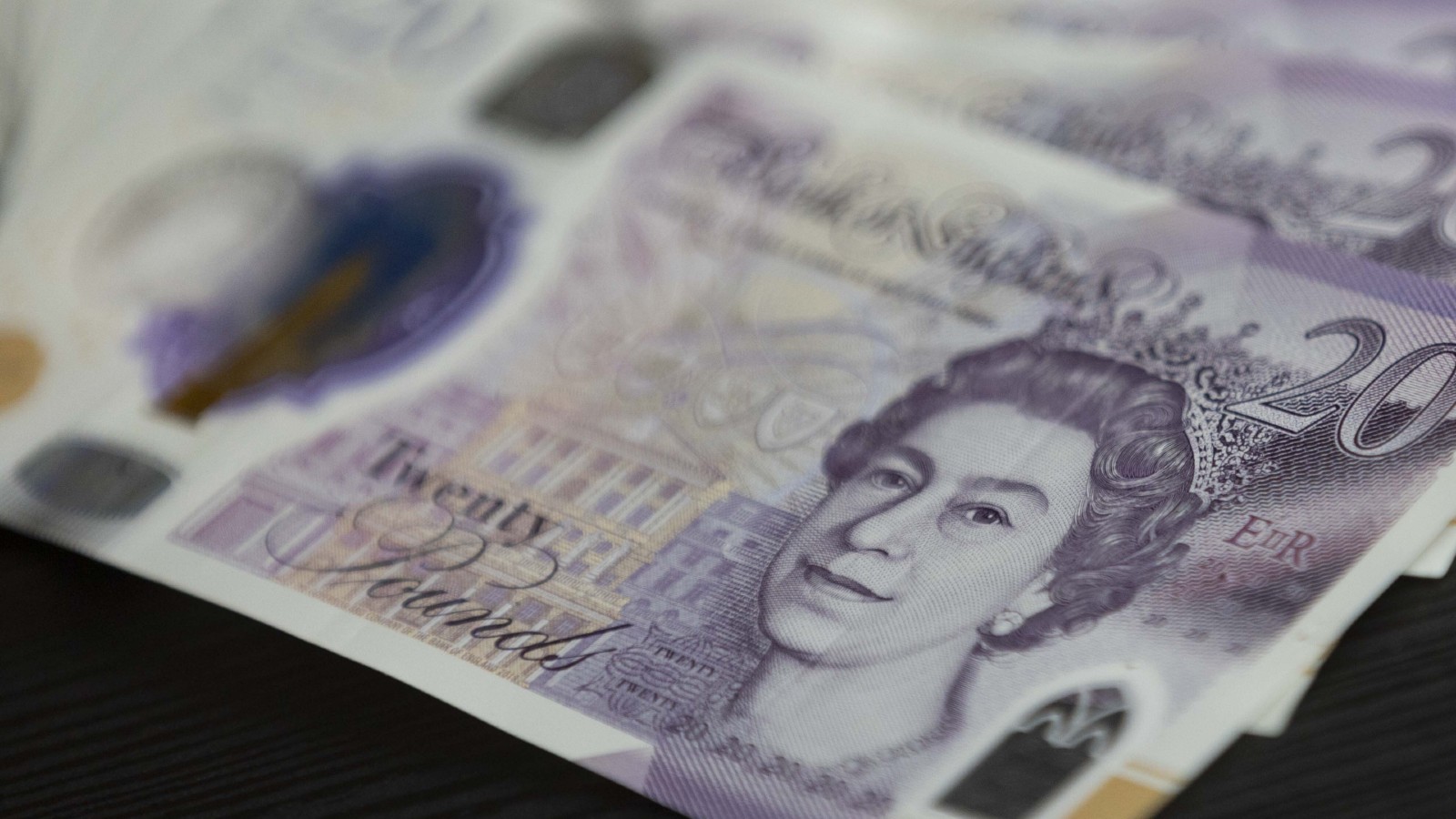Old £20 notes—will the Queen's death affect the expiry date?
The expiry date for the old £20 notes comes just a few weeks after the death of Queen Elizabeth II


From 30 September 2022, England's paper £20 and £50 banknotes will no longer be accepted as legal tender. The scrapping comes shortly after Queen Elizabeth II's death, which will see King Charles III's image gradually rolled out on coins and banknotes.
The Bank of England has reminded the public that £20 and £50 banknotes will longer be valid as legal tender after 30 September 2022, advising holders of the expiring currency to deposit it into a bank or spend it before tomorrow. The notes are being replaced by new polymer versions, which allow for more security and are more difficult to counterfeit.
The changes come shortly after the death of Queen Elizabeth II and the unveiling of King Charles III's new coins, leading some people to wonder if Her Majesty's death affects when £20 notes expire. Here's everything you need to know.
Does the death of Queen Elizabeth II affect when the £20 notes expire?
No, the Queen's death hasn't affected the expiration date of £20 notes. The decision to remove the paper notes from circulation had been made long before the passing of Her Majesty on September 8. The expiration of £20 and £50 notes does, however, coincide with the release of King Charles III's new 50p and £5 coins. Bank notes showing His Majesty's face will also be released, with an expected date of circulation of mid-2024.
When do the old £20 notes expire?
Old paper £20 and £50 notes will expire on 30 September 2022.
From October onwards, these notes will no longer be legal tender—meaning businesses will not be able to accept them. The Bank of England has advised people to either spend their old notes or deposit them before 30 September to ensure they don't go to waste.
Can I exchange my old £20 for a new one?
According to the Bank of England, the quickest way to exchange your £20 is to deposit them at the bank.
Sign up for the woman&home newsletter
Sign up to our free daily email for the latest royal and entertainment news, interesting opinion, expert advice on styling and beauty trends, and no-nonsense guides to the health and wellness questions you want answered.
You can also exchange withdrawn currency by post with the bank. To do this as an individual (rather than a business), you have to fill out a banknote change application form and send it to the Bank of England, along with copies of your ID and proof of address.
Can I still use the old £20 note?
After 30 September 2022, the old £20 note will be unusable.

When were the old £20 notes first issued?
The old £20 paper notes were first issued in March 2007, so they have been in circulation for 14 years. In February 2020, a new polymer £20 note was issued.
Sarah John, the Bank of England’s current Chief Cashier has said, “Moving the £20 note to polymer marks a major step forward in our fight against counterfeiting. I am very grateful to everyone across the cash industry who has made this transition possible and I hope the public enjoys using their new Turner £20s.”
You may wonder what "Turner" refers to. More on that later.
What's different about the new £20 note?
Good question. Just like how Jane Austen appeared on the new £10 note, replacing Charles Darwin, there are some design and illustration differences between the old and new £20 notes.
The old paper £20 features the so-called father of modern economics, Adam Smith. There are also images of factory workers on the back of the note and a quote from one of Adam Smith’s most famous works.

Adam Smith, the so-called father of modern economics
The new £20 note was first issued on February 20, 2020. It’s slightly smaller than the paper note and is made of a polymer (plastic) material that is difficult to rip or tear.
Instead of Adam Smith, the new £20 note features distinguished English artist, JMW Turner. One of his most famous paintings, The Fighting Temeraire features as artwork replacing the factory workers on the back of the note. You’ll also notice a quote from Turner—“light is therefore colour”—and a signature, which is identifiable on many of his paintings.
Keep in mind—this change only goes for money distributed by the Bank of England. The Bank of Scotland for example will distribute their own money and therefore, their own designs. While Winston Churchill appears on the current English £5 note, Nan Shepherd became the new face of the £5 Scottish bank note in 2016.
Who else has appeared on the £20 note?

JMW Turner isn't the first artist to appear on the £20 note, however. A mixture of economists and artists of various kinds have appeared on the £20 note since it was first introduced.
Although the £20 note has been in existence since 1725, it was taken out of circulation in 1943. Then, in 1970 the £20 note as we know it today was introduced to the public featuring none other than William Shakespeare, the famous English playwright.
From 1970 to 1991 Shakespeare appeared on the £20 note. He was replaced by an image of the scientist Michael Faraday, who was famous for his work on magnetic fields, induction and was considered a great influence on Albert Einstein.
Famous English composer, Edward Elgar then appeared on the note from 1999 to 2007. He was well known during the 19th century for works like The Enigma Variations, the Pomp and Circumstance Marches, along with two full symphonies. He was replaced as the featured image on the note by the economist Adam Smith in 2007.

Grace Walsh is woman&home's Health Channel Editor, working across the areas of fitness, nutrition, sleep, mental health, relationships, and sex. She is also a qualified fitness instructor. In 2025, she will be taking on her third marathon in Brighton, completing her first ultra marathon, and qualifying as a certified personal trainer and nutrition coach.
A digital journalist with over seven years experience as a writer and editor for UK publications, Grace has covered (almost) everything in the world of health and wellbeing with bylines in Cosmopolitan, Red, The i Paper, GoodtoKnow, and more.

